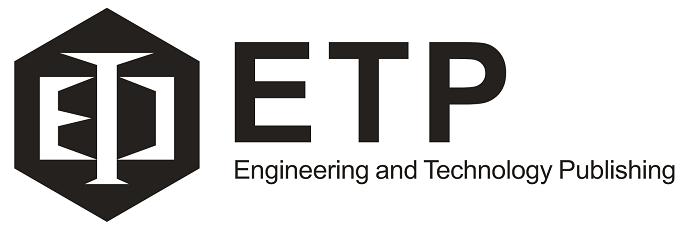IJPMBS 2025 Vol.14(2): 57-60
doi: 10.18178/ijpmbs.14.2.57-60
doi: 10.18178/ijpmbs.14.2.57-60
The Mechanism of Ferroptosis in the Pathogenesis and Development of Coronary Artery Disease
Yihong Lin
The Second School of Clinical Medicine, Zhejiang Chinese Medical University, Hangzhou, China
Email: linyih2024@163.com
Email: linyih2024@163.com
Manuscript received February 18, 2025; accepted April 17, 2025; published April 25, 2025.
Abstract—Coronary Artery Disease (CAD) is a common and serious cardiovascular disease, with its pathogenesis involving multiple factors, including endothelial injury, lipid deposition, inflammatory responses, and plaque formation. Ferroptosis is closely related to the disruption of iron metabolism, lipid metabolism, and amino acid metabolism, primarily driving the pathological process through lipid peroxidation and mitochondrial damage. During the progression of CAD, the imbalance of iron homeostasis leads to excessive accumulation of iron ions, which in turn triggers oxidative stress, damaging the structure and function of myocardial cells. Furthermore, iron overload also impairs vascular endothelial function, promotes the expression of inflammatory factors, stimulates the generation of lipid peroxides, and, through interactions with immune cells and endothelial cells, exacerbates the progression of atherosclerosis. Ferroptosis plays an important role in the occurrence and development of CAD.
Keywords—Coronary Artery Disease (CAD), ferroptosis, lipid metabolism, amino acid metabolism
Copyright © 2025 by the authors. This is an open access article distributed under the Creative Commons Attribution License which permits unrestricted use, distribution, and reproduction in any medium, provided the original work is properly cited (CC BY 4.0).
Cite: Yihong Lin, "The Mechanism of Ferroptosis in the Pathogenesis and Development of Coronary Artery Disease," International Journal of Pharma Medicine and Biological Sciences, Vol. 14, No. 2, pp. 57-60, 2025.
Copyright © 2025 by the authors. This is an open access article distributed under the Creative Commons Attribution License which permits unrestricted use, distribution, and reproduction in any medium, provided the original work is properly cited (CC BY 4.0).
